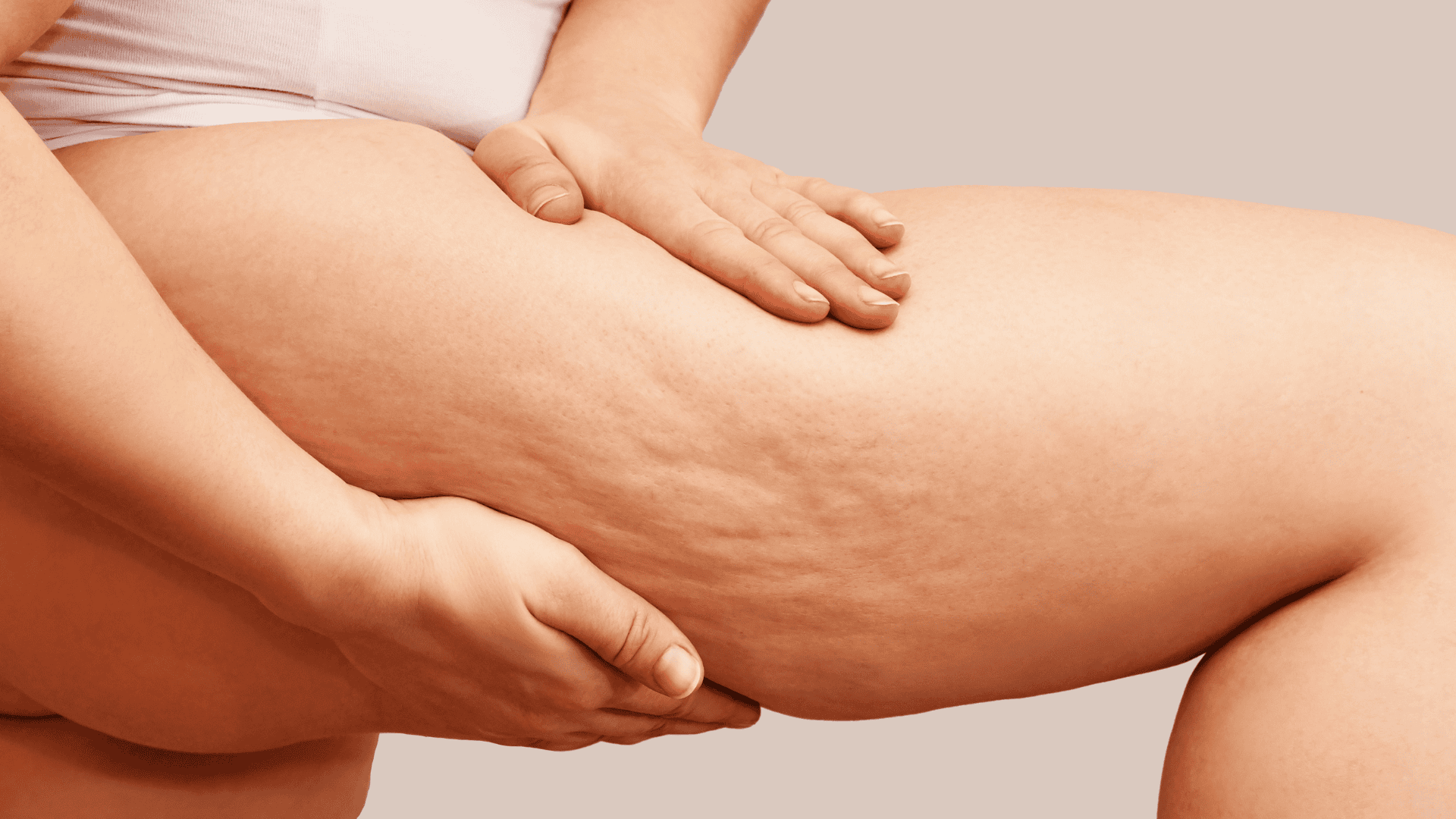
Cellulitis: Causes and treatment
Cellulitis is characterized by redness, swelling, warmth, and pain in the affected area of the skin. it usually occurs when bacteria, most commonly Streptococcus and Staphylococcus, enter the skin through a crack or break, such as a cut, insect bite, or wound. once inside, the bacteria multiply and cause inflammation and infection in the deeper layers of the skin.
Symptoms of cellulitis
The symptoms of cellulitis can vary depending on the severity of the infection and the affected area of the body. common signs and symptoms include:
- redness and swelling in the affected area
- warmth and tenderness
- pain or soreness
- fever and chills
- swollen lymph nodes
- blisters or skin dimpling
In severe cases, cellulitis can lead to complications such as abscess formation, tissue death (necrosis), or the spread of infection to the bloodstream (sepsis). it's essential to seek medical attention if you experience symptoms of cellulitis, especially if you have a weakened immune system or underlying health conditions.
Causes of cellulitis
Cellulitis is typically caused by bacteria entering the skin through a break in the skin barrier. common risk factors for developing cellulitis include:
- cuts, scrapes, or wounds
- insect bites or stings
- surgical incisions
- pre-existing skin conditions, such as eczema or athlete's foot
- weakened immune system
- chronic conditions, such as diabetes or peripheral vascular disease
Certain lifestyle factors, such as poor hygiene or intravenous drug use, can also increase the risk of developing cellulitis.
Treatment for cellulitis
Treatment for cellulitis usually involves antibiotics to eliminate the bacterial infection and reduce inflammation. the type and duration of antibiotic therapy will depend on the severity of the infection, the type of bacteria involved, and any underlying health conditions. in addition to antibiotics, other treatment measures may include:
- elevating the affected area to reduce swelling
- applying warm compresses to alleviate pain and promote drainage
- resting and avoiding activities that may worsen the infection
- keeping the affected area clean and dry
- taking over-the-counter pain relievers to manage discomfort and fever
In severe cases or if complications develop, hospitalization and intravenous antibiotics may be necessary.
Preventing cellulitis
While cellulitis may not always be preventable, there are steps you can take to reduce your risk of developing this skin infection:
- keep your skin clean and well-moisturized
- treat cuts, scrapes, and wounds promptly with antiseptic and bandages
- avoid scratching insect bites or other skin irritations
- practice good hygiene, including washing your hands regularly
- protect your skin from injury and infection, especially if you have diabetes or other chronic conditions
By taking these preventive measures and seeking prompt treatment for any signs of infection, you can help reduce your risk of developing cellulitis and maintain healthy skin. if you suspect you have cellulitis or have concerns about your skin health, consult with a healthcare professional for evaluation and management.


